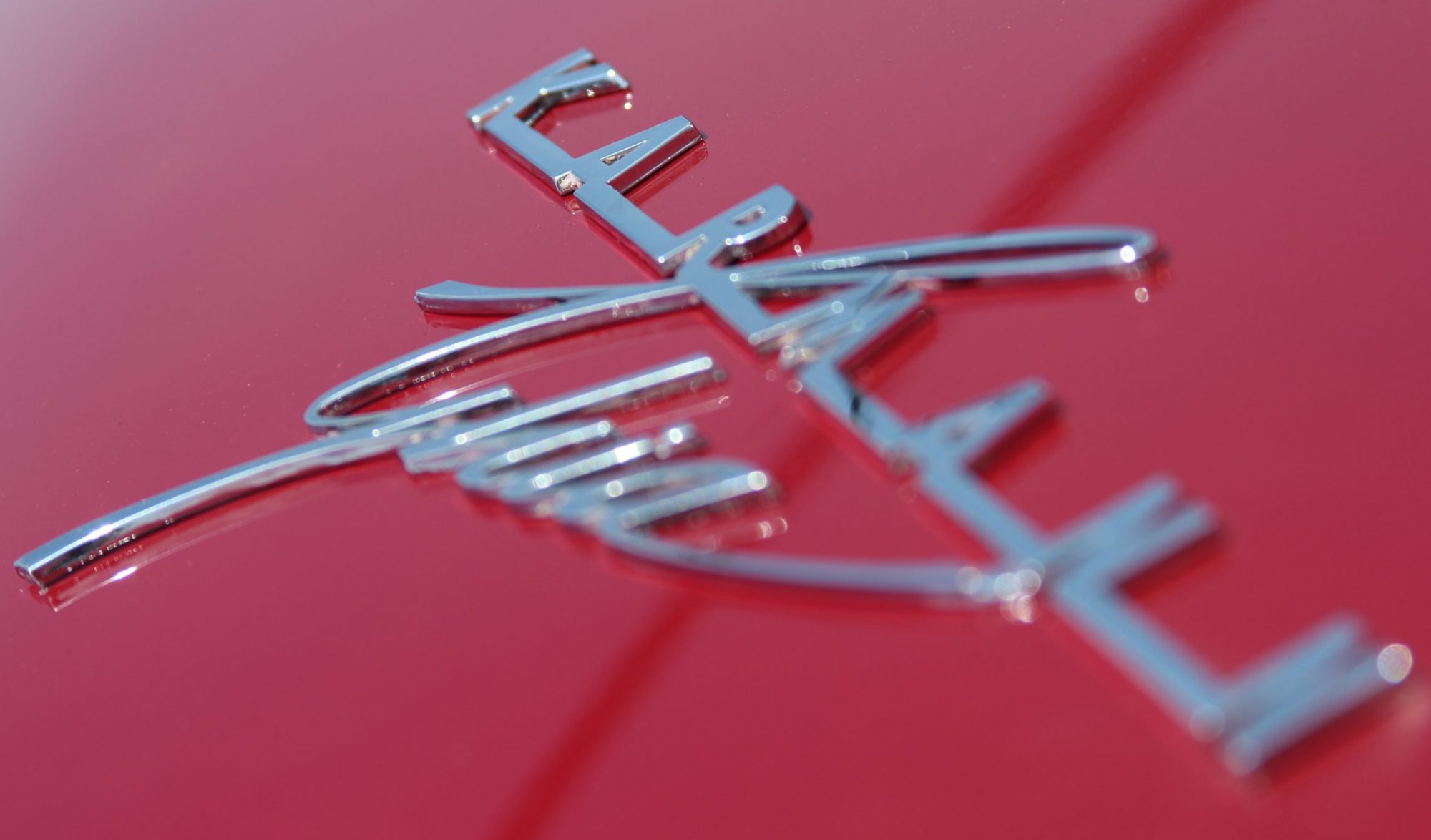Many years ago it was resolved that 92mm were the largest cylinders practical to fit within the stud circle of the Type I engine. Their wall thickness (or lack of it) was a liability, though – cylinders that thin cannot be expected to maintain their shape during thermal transients, so the piston rings are constantly trying to seat against a moving target. Rapid wear and excess blowby/oil consumption were the natural result.
At the time, 90.5mm cylinders had slightly smaller diameter (and cylinder walls that weren’t much thicker) so they weren’t known for great longevity either. Then it occurred to someone that they could produce 90.5s with the O.D. of the 92s, and we finally got an option that had some life expectancy.
A 1775 didn’t make quite the power of an 1835 when both were fresh, but 10-20 thousand miles later it was a different story.
With the advent of the 8mm head stud, the envelope was again pushed and we got 94s. They are NOT by any stretch of the imagination “thick wall” as some of their proponents describe them – the only thing they’re thicker than is the original 92s and 90.5s, or the slip-in 87s and 88s (and their only .006″ thicker than the 87s, which many of those same folks disparage). The case openings are cut out to the threads of the stud inserts, and the heads to the point that the stud holes are broached – there’s no room for any error when machining for 94s!
For a turbo application, thin cylinderwalls are a recipe for disaster. Even the most momentary of excursions into detonation will result in split cylinders, often accompanied by destruction of the cylinder head…if you intend to add a turbo, you’ll be wise to go with the thickest cylinders you can find. In the old days people would “power sleeve” 92 jugs by pressing/shrinking a steel ring over the upper spigot and opening up the head for it – although it didn’t address the shape-stability issue it reduced the incidence of splitting. Nowadays, there are 92s made which use the “94” O.D, (and 88s which use the “92” O.D.) – IMO one of these would be the wise choice for a turbo motor.

